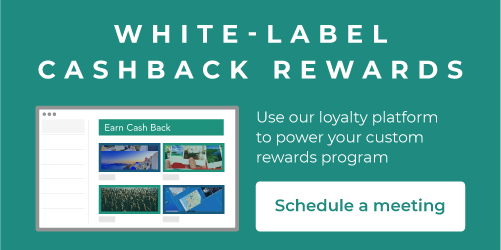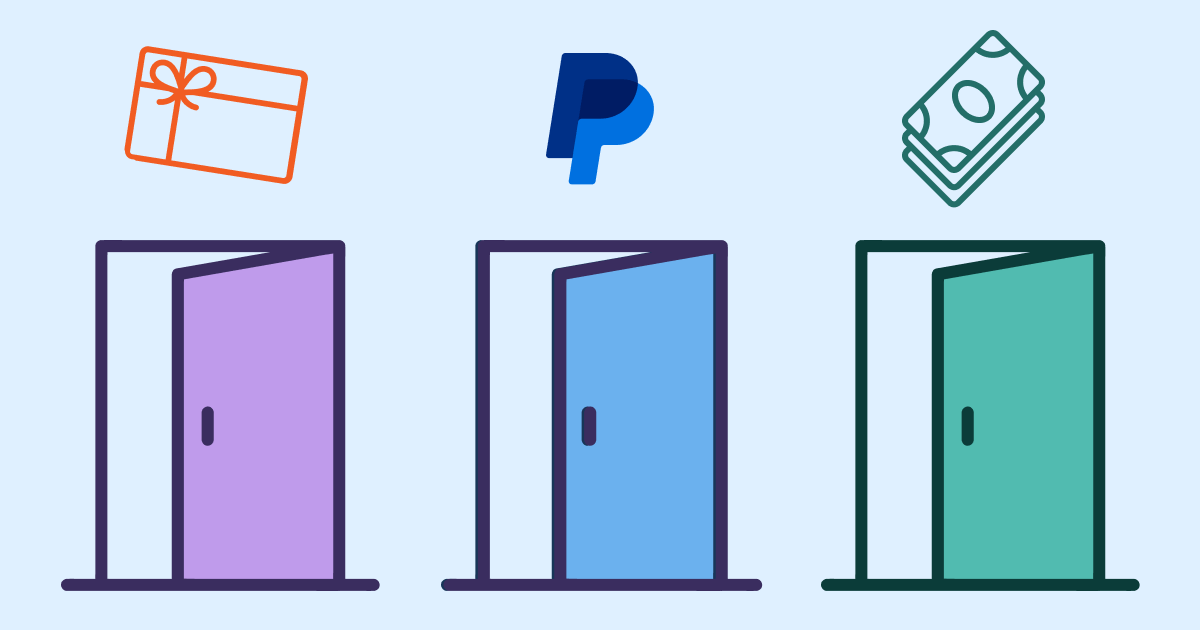Before entering any sort of partnership, the companies on both sides usually want to understand the partnership's potential value and return on their investment. Creating an ROI model for a cashback rewards program is smart because it not only provides an estimation of the results for the company implementing the program, but also provides realistic expectations into what work will need to be done to ensure successful adoption by the company's users.
Financial models can be very nuanced and may differ significantly between various types of businesses, but these are some key strategic considerations for any company building an ROI model for a cashback rewards program.
Datapoint 1: User base
For most companies launching cashback rewards programs, the objective is improving customer retention and increasing customer lifetime value. It seems obvious, but the most likely users of a cashback rewards program and in most cases, the first target audience for this program will be a company's existing users.
Therefore, the first input to a cashback ROI model is the size of the Total Addressable Market. Depending on how your cashback program is accessed by your audience, this means asking questions like: How many customers do you have already? How is that userbase growing?
How many of these users will have the opportunity to participate in the new cashback program? All of them? Just ones that have a paid account?
This "users" figure is the topline number from which all projections will flow.
Datapoint 2: Estimated customer behaviors
The next datapoints to consider for a cashback program's ROI model are themed around user behavior - both from an adoption rate perspective, as well as from a shopping habits perspective. Consider questions such as:
- Install rate: what percentage of existing users are likely to enable the cashback rewards product?
- Activation or transaction rate: Of those installers, what percentage are likely to make a purchase? And in what time frame?
- Transaction frequency: how often will they make a purchase? How many times per month, quarter or year?
- Average Order Value (AOV): what is the average size of one purchase or order?
Using these inputs to start, a company can now estimate the number of active purchasers and the resulting gross sales potential from those active purchasers participating in the cashback rewards program.
Datapoint 3: Commissions
An e-commerce cashback program generates revenue from the affiliate program commission that merchants pay on completed online sales. The cashback itself is paid to customers from some, or all, of this commission.
Technically, the company "sponsoring" the cashback program earns all the commission and then splits the commission to pay the users some portion of it as their cashback reward.
Depending on goals, companies should consider these perspectives when building a cashback ROI model:
- If incremental revenue from the program is a main goal, keep a larger share of the commissions (e.g. lower the split that goes back to customers.)
- If customer retention driven by the cashback program is a key goal, pay the majority - or all - of the commissions back to customers. The higher cashback percentages they can earn, the higher payout a company can use in its marketing to compel customers to participate.
Some companies start with #2 and then gradually shift the split to capture slightly more commission (say 80% to the consumer, 20% to the company, for example). In this approach, they gradually blend in the incremental revenue approach once the program gains traction among its customers. The company then has solid run-rates to estimate revenue contributions going forward.
Whatever the approach, a company must carefully consider what their goal is in order to strategically decide the best commission split that will help them reach it.
This commission split is the "net commission" input for the cashback ROI model.
Building the Model
Every company's unique circumstance will dictate what inputs go into their model, but at a very basic level, the considerations listed above will help determine what is important.
The boiled-down version that calculates a company's estimated net revenue (flowing from all the other considerations above) is this:
 This formula gives a rough projection of the estimated revenue a company might expect from its cashback rewards program.
This formula gives a rough projection of the estimated revenue a company might expect from its cashback rewards program.
Other Considerations & Input
Aside from the basic metrics listed above, companies building an ROI or revenue model for a cashback rewards program might also consider these topics.
- Seasonality: In retail and e-commerce, seasonality exists due to generally "known" customer shopping behaviors such as a huge uptick in Q4 for the holidays. If a company is launching a program in one of these hot seasons and uses actual sales from that period as an input to their ROI model, they may have a skewed perception of the program's performance in other months. As well, other macroeconomic factors could impact the performance of a program. Be conservative and take into account these potential outlying events to set realistic goals.
- Marketing: It is critically important to build a strong communications plan that will drive adoption of a cashback program. Companies should build a comprehensive marketing plan that leverages all of their available customer touchpoints, multiple times, over time, in order to drive adoption of the program. This plan will affect the "install rate" input, and is a huge impact on the overall success of a cashback rewards program.
Ongoing Monitoring & Adjusting the Model
Once a company has built a realistic ROI model and estimated impact of revenues, the work doesn't stop there. A company must continuously monitor and measure the actuals - installs, active purchasers, order value, frequency of purchase, performance of marketing campaigns, etc. - and adjust any projections going forward based on actual results.
Measuring and monitoring results consistently will also inform when to ramp up marketing efforts to drive installs, or to increase the number of active purchasers in a program. As with any new product, it takes repeated exposure before customers take a desired action. Staying on top of outcomes and making adjustments based on observed metrics is one way to ensure the success of a cashback rewards program that delivers the results a company is expecting.





